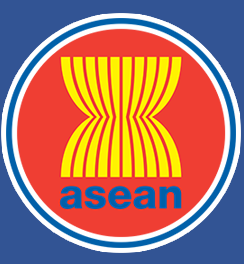ASEAN Journal on Science and Technology for Development
Abstract
In this research, extraction of polysaccharide compounds from Cactus (Opuntia Ficus Indica) leaves in both fresh and dehydrated condition by solvent precipitation method using three types of water, acid (HCL) and NaOH. Before extraction, the physicochemical properties were examined to determine optimum yield (%) of extracted polysaccharide by optimization of Box-Behnken Design (BBD) of response surface methodology (RSM). The polysaccharide-based acrylamide hydrogel was prepared by free radical polymerization. The functional and structural characterization was done by FTIR, XRD and SEM for examination of extracted polysaccharide as raw polymer backbone in hydrogel preparation and prepared hydrogel as adsorbent for metal removal. From physicochemical analysis dehydrated Cactus had high viscosity of 4.0 cP and acidic nature around pH 5.0 with high carbohydrate, ash, fiber content with low moisture content. Optimum yield % was 3.82% for fresh and 19.75% for dehydrated condition. They have the same polar water group such as hydroxyl (OH), methyl (CH3), carboxyl (COOH), amino (amine) NH2 on the backbone of polymers in functional analysis. According to XRD and SEM, the result amorphous structure with polysaccharide nature of the bloom distribution surface was found in validated dehydrated CtG extraction. The amorphous nature with crosslinked pore structure surface of hydrogel was examined from XRD and FTIR results. From functional analysis, hydrophilic group; hydroxyl (OH), methyl (CH3), carboxyl (COOH), amino (amine) NH2 that provide the formation of three-dimensional network structure in prepared hydrogel with the ability to adsorb metal cation.
Keywords
Cactus, Extraction, Hydrogel, Validate, BBD
Publication Date
2026
Received Date
26/09/2024
Revised Date
05/03/2025
Accepted Date
08/05/2025
Recommended Citation
ThweSoe, Aye Thwe and Khine, May Myat
(2026)
"Extraction and Characterization of Fresh and Dehydrated Cactus (Opuntia Ficus Indica) polysaccharide for Hydrogel Preparation,"
ASEAN Journal on Science and Technology for Development: Vol. 43:
No.
1, Article 3.
DOI: https://doi.org/10.61931/2224-9028.1627
Available at:
https://ajstd.ubd.edu.bn/journal/vol43/iss1/3

